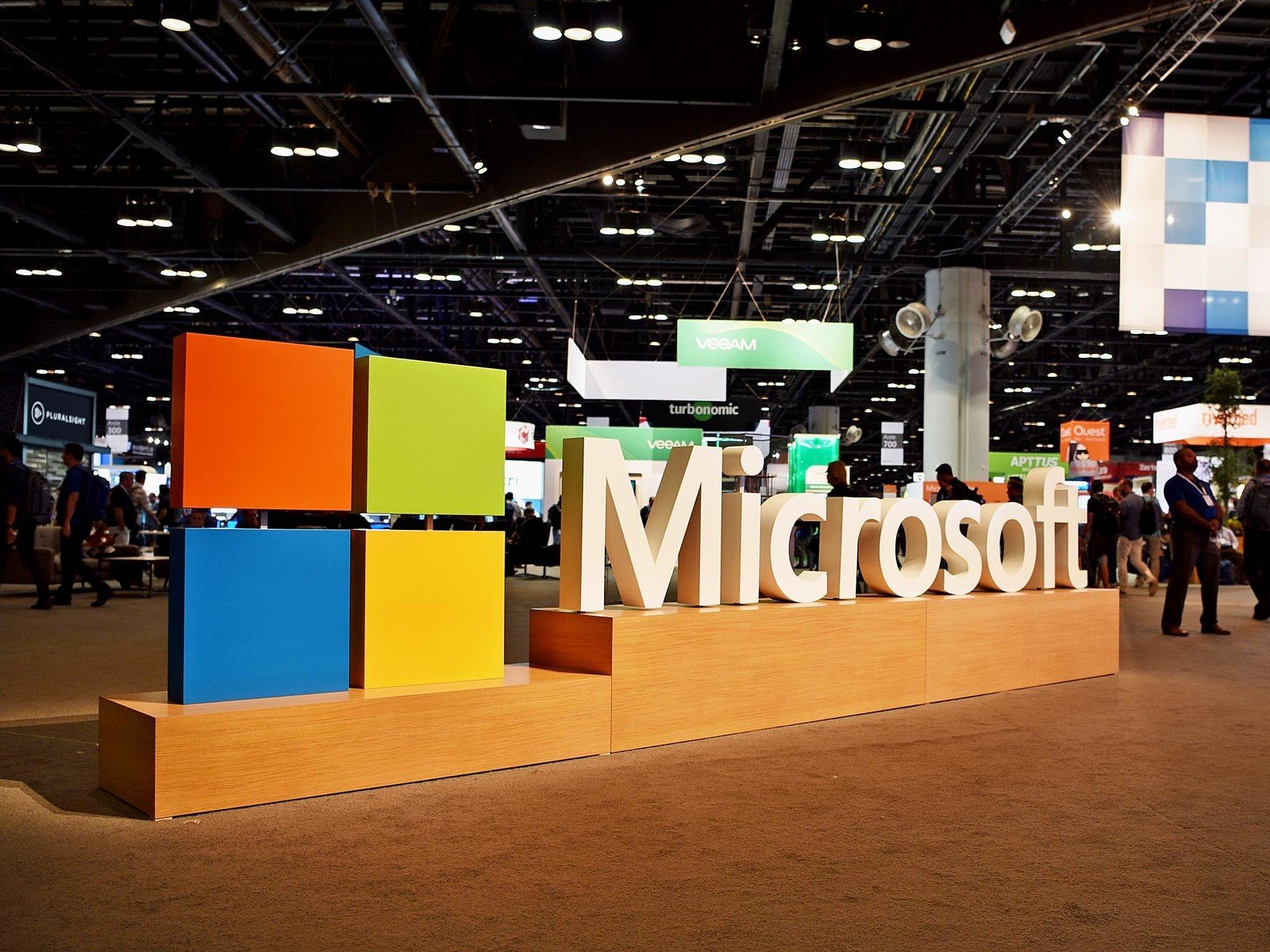Microsoft forms coalition to spur movement to net zero carbon economy
Microsoft detailed more steps it's taking to hit its 2030 carbon negative goal.

What you need to know
- At Microsoft Inspire, Microsoft detailed new steps to hit its goal of going carbon negative by 2030.
- The company is forming a new coalition, setting a supplier code of conduct, and making its datacenters diesel-free by 2030.
- Microsoft's cloud customers will also get access to a new "Sustainability Calculator" to identify the emissions from their cloud usage.
At its Inspire partner conference today, Microsoft announced several new initiatives to drive towards its goal of being carbon negative by 2030. Included are a new coalition, guidance for supply chain partners, and a new tool for its cloud customers.
First up is the "Transform to Net Zero" coalition. Microsoft says the goal of this coalition will be for members to share business transformations they've made to reduce their carbon impact. Further, the coalition is tasked with helping to "drive carbon reductions across their collective supply chains." Microsoft says the group will grow over time, with an emphasis placed on investing in carbon-reduction technologies at scale and working to "address key carbon-related public policy goals."
Beyond the coalition, Microsoft also announced the "Microsoft Sustainability Calculator." Built for its cloud customers, the calculator is intended to give them "full transparency" into the carbon emissions caused by their cloud usage.
There's also a new supplier code of conduct for sustainability requirements. Microsoft is giving suppliers steps to reduce their carbon emissions, requiring that they report their scope 1, 2, and 3 greenhouse gas emissions data. Microsoft also requires that suppliers "reduce their emissions in alignment with Microsoft's own goals."
Finally, Microsoft says that its datacenters will be diesel-free by 2030. Diesel generators are used at Microsoft's datacenters for backup power.
In January, Microsoft set an ambitious goal of going carbon negative by 2030. Further, the company plans to have eliminated enough excess carbon to match all of its emissions since its founding in 1975. As part of this plan, Microsoft says it will move to a 100 percent supply of renewable energy.
Get the Windows Central Newsletter
All the latest news, reviews, and guides for Windows and Xbox diehards.
Dan Thorp-Lancaster is the former Editor-in-Chief of Windows Central. He began working with Windows Central, Android Central, and iMore as a news writer in 2014 and is obsessed with tech of all sorts. You can follow Dan on Twitter @DthorpL and Instagram @heyitsdtl.

